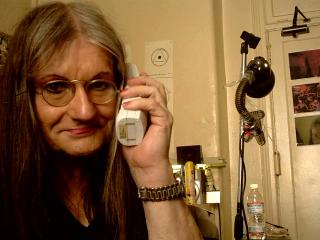FRANZ KLINE
Franz Kline was one of the most striking and original painters of the Abstract Expressionist Art movement of the late 1940’s and 1950’s. His black and white abstracts were immediately recognizable and became emblematic of the field as a whole. Along with Jackson Pollock, Willem De Kooning, Mark Rothko, and Clyfford Still he became one of the most influential and innovative artists of the field.
Trained as a cartoonist and commercial artist, during his early career Kline eked out a meager living for he and his wife drawing portraits, caricatures, and also painting murals for bars and restaurants.
As a cartoonist Kline worked with small, even tiny, black and white line drawings.
One evening in 1948 his friend arch-abstract expressionist Willem de Kooning invited Kline to his home, suggesting that Kline bring with him one of his line drawings. Kline brought a small black and white drawing of a rocking chair. De Kooning placed the drawing on an overhead projector and magnified a tiny portion of it to room size proportions.
The result was that the drawing became an assemblage of asymmetrical black lines jutting off at abrupt angles on a white field and lost any resemblance to a rocking chair. After thirty years in art Kline had stumbled onto the formula that he would use almost exclusively for the rest of his life.
It is said that Franz Kline became an abstract expressionist overnight.
Although spontaneity is usually considered one of the hallmarks of Abstract Expressionism and many artists would enter into an autonomous trance like state and deliver the painting much like a spiritual medium receiving automatic writing, Kline began methodically reproducing small portions of line drawings and enlarging them to room size.
The result were large wall size black and white abstract paintings in one of the most profoundly original, immediately recognizable and charismatic styles in Abstract Expressionism.
With the connections that his friendship to de Kooning made available to him, Kline quickly gained notoriety and was asked to contribute to several prestigious group exhibitions at major New York galleries.
He began tooling up for Abstract Expressionism by buying large canvases, purchasing high quality paints, and moving to a studio suitable for large canvases.
Kline’s day would usually start when he woke up at four or five in the afternoon. Then he would get dressed, go out to dinner, and spend the evening drinking and partying with his friends. After the clubs would close he would go back to his studio to work.
Kline usually worked on his paintings between 2am and 5am.
The work was spread out under bright high intensity spotlights, both to enhance the vivid visual image and to facilitate the paint drying.
Kline usually went to sleep around 7 am,
After a lifetime of economic hardship during which on more than one occasion he was forced to move from his studio for non payment of rent, Kline finally saw his financial condition improve, but it was not until the last years of his life that he experienced any kind of prosperity.
Kline died in 1962 of a rheumatic heart. He was 52 years old.
Since his death, the value of his paintings has escalated dramatically. Recently a painting created in 1958 was auctioned for 56 million .
The combined worth of his paintings is estimated at 206 billion dollars.


0 Comments:
Post a Comment
<< Home